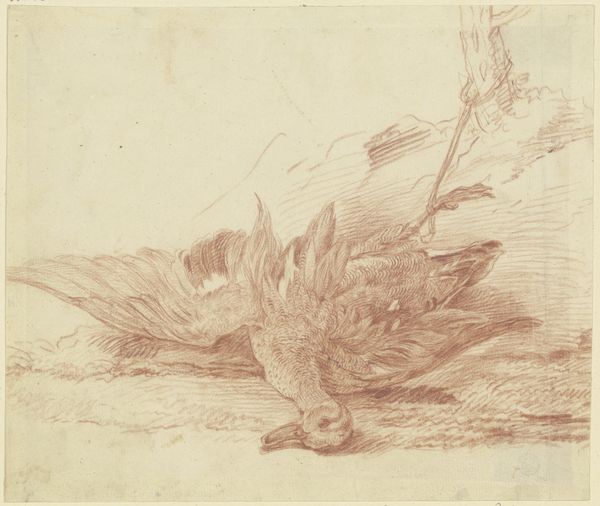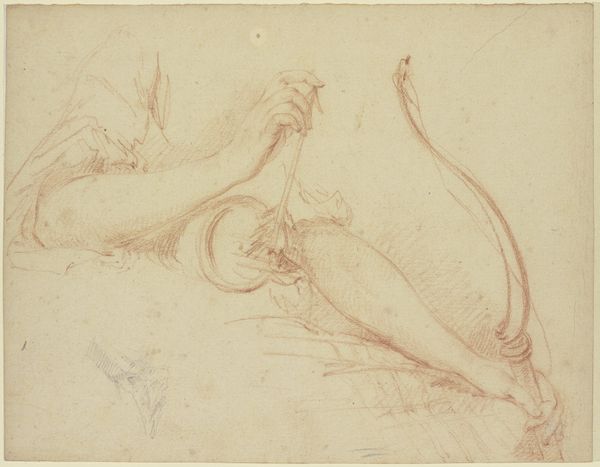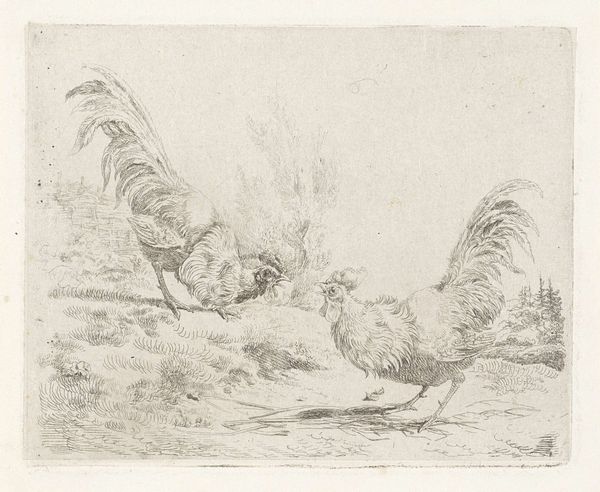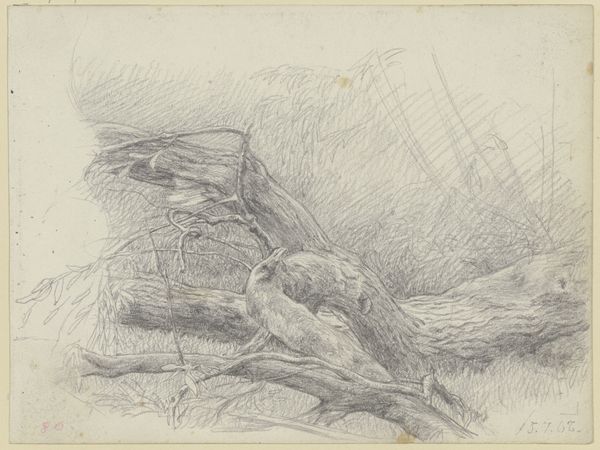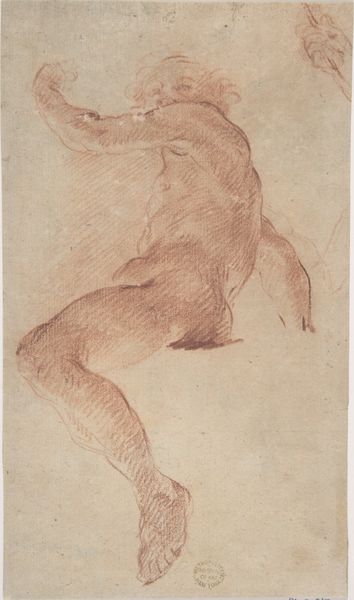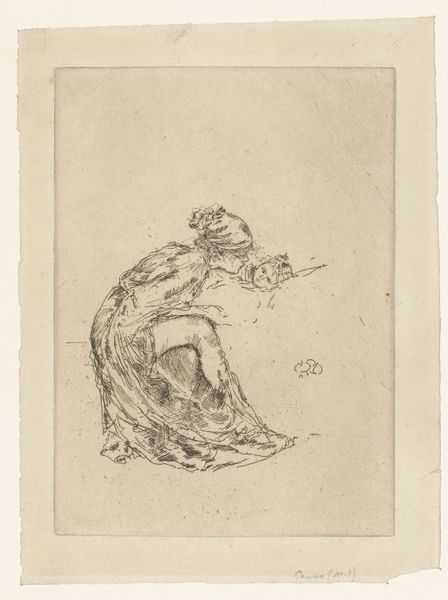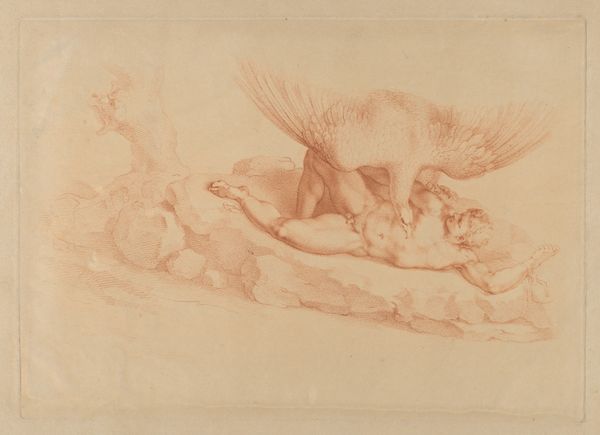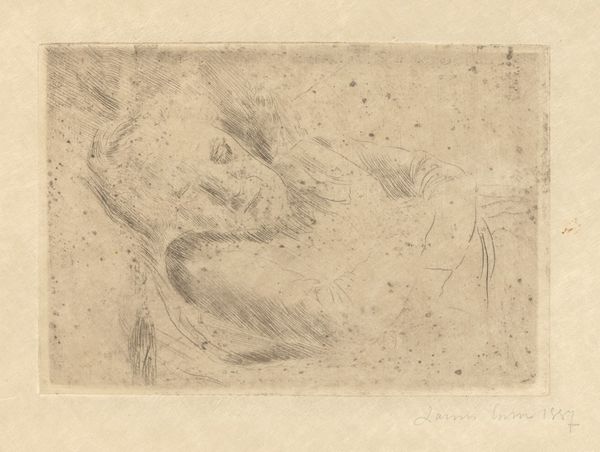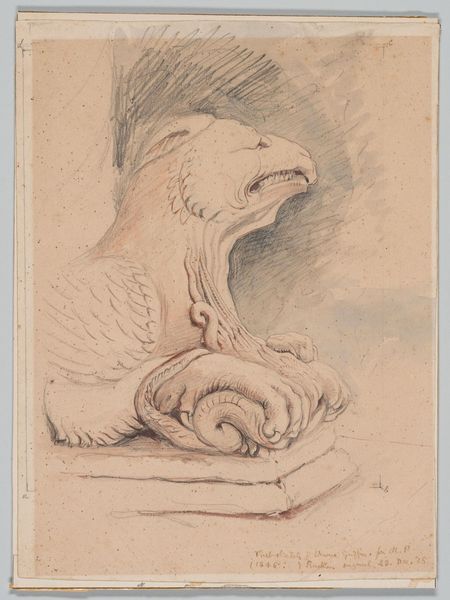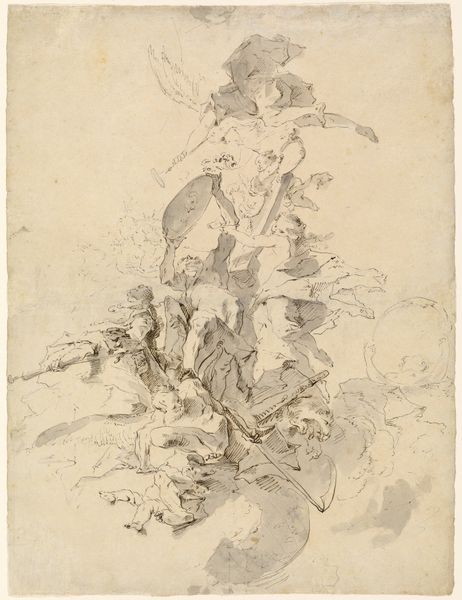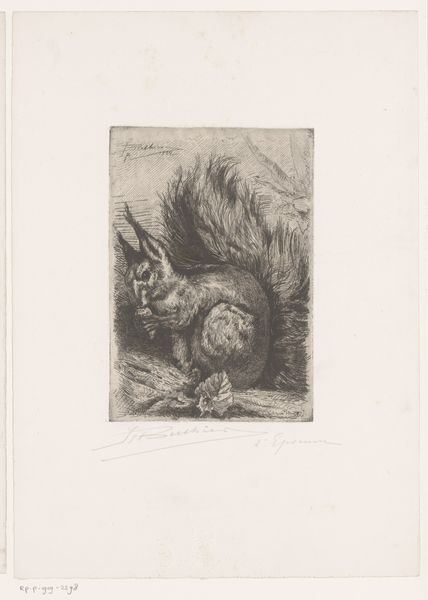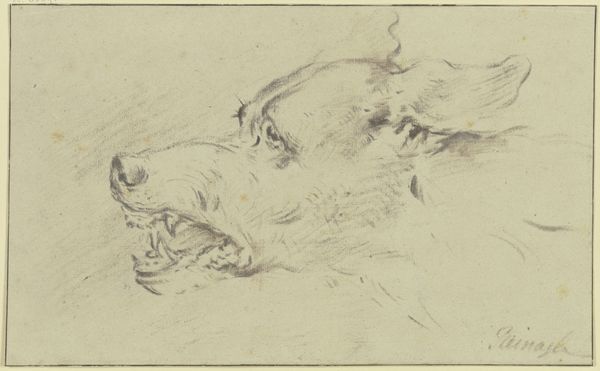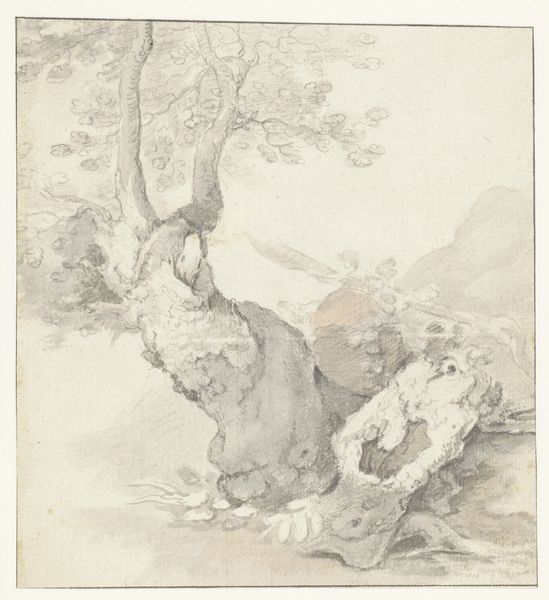
drawing, paper, dry-media, pencil
#
drawing
#
baroque
#
paper
#
dry-media
#
pencil drawing
#
pencil
Copyright: Public Domain
Editor: So, this is "Zur Strecke gebrachte Ente, den Kopf nach rechts," a pencil drawing on paper by Johann Elias Ridinger. The texture is interesting – the soft, almost feathery lines. What stands out to you about this piece? Curator: The materiality speaks volumes. This isn't just a depiction of a dead duck; it's an index of artistic labor. Consider the specific pencil Ridinger used. Was it locally sourced? How did the pigment affect the texture he achieved? Editor: I hadn't thought about the pencil itself as part of the story. Curator: Exactly! And think about the paper. The value of paper, and its availability during the Baroque era shaped the very nature of artistic production. It’s not neutral! Did Ridinger prepare it himself, affecting the drawing’s reception by contemporaries, and therefore, influencing our relationship to the work today? These material choices challenge the traditional hierarchy placing painting above drawing, and art above craft. Editor: That’s a good point. Was drawing like this a common practice at the time? Curator: Precisely. Who was buying such images, and what purpose did they serve? It's quite a divergence from the grand oil paintings we typically associate with the period, implying a different kind of patronage and perhaps even a shift in the art market itself. Think also, of who prepared and stretched the vellum. Who created the writing instruments. Every object has its provenance. Editor: It really does make you consider the wider scope of who and what was involved to make this possible, from raw materials to finished product. It gives this drawing new depth. Curator: Exactly! It moves us beyond a simple image and towards understanding the socio-economic networks underpinning art in the Baroque period. The relationship of commodity to high culture!
Comments
No comments
Be the first to comment and join the conversation on the ultimate creative platform.
